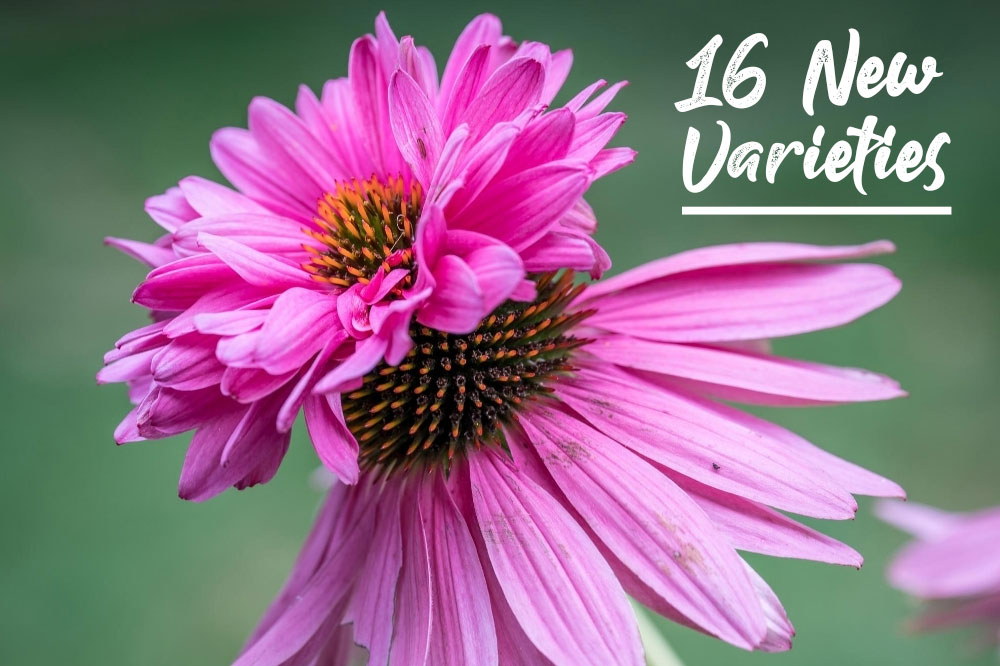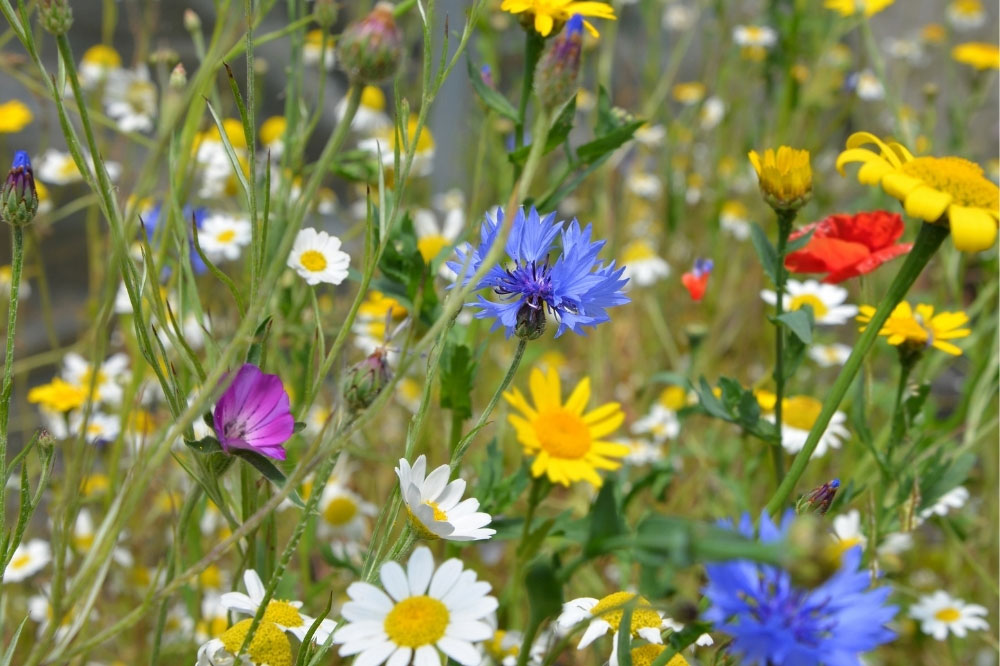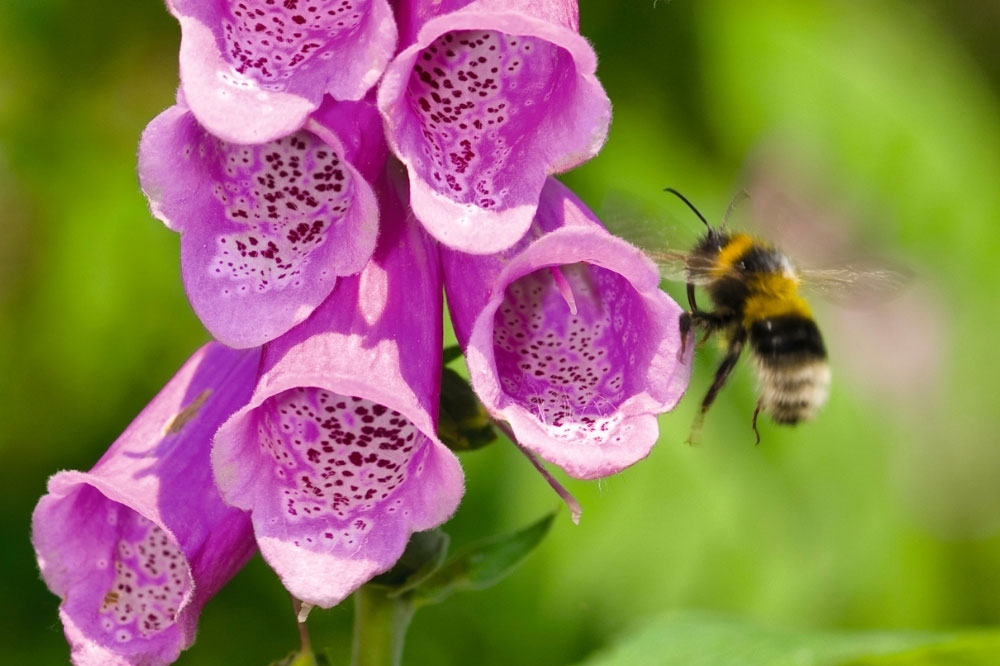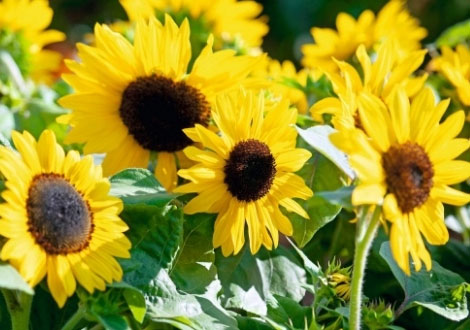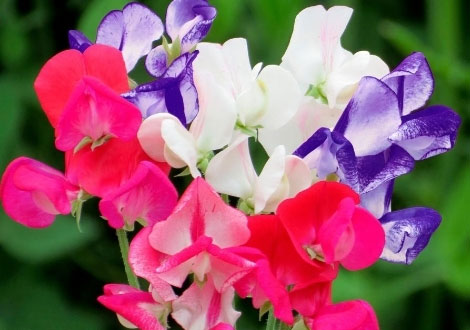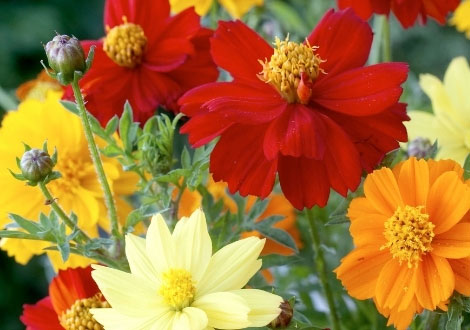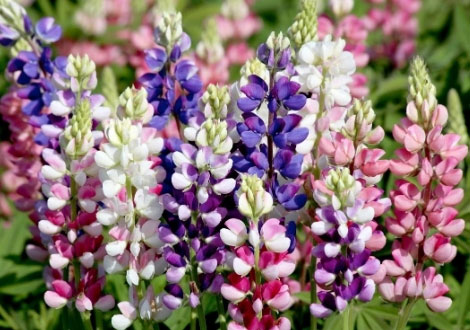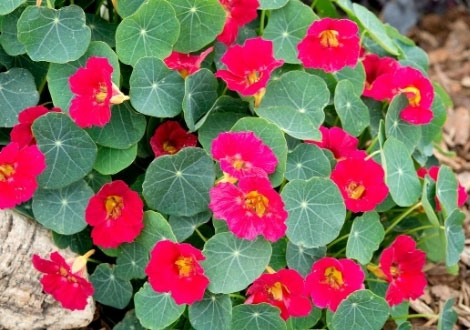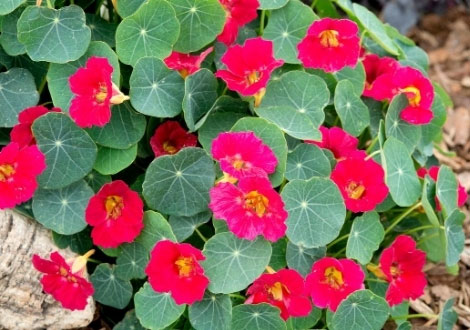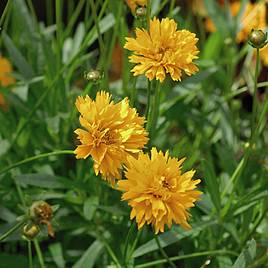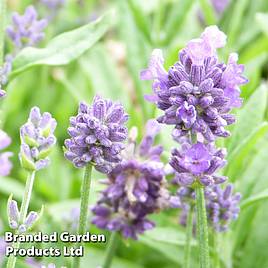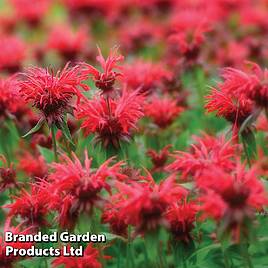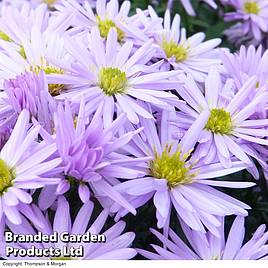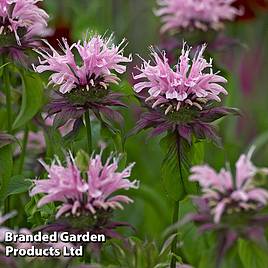- Offers
-
Vegetable Seeds
Our Collections
- Organic Vegetable Seeds
- Fast Growing Vegetable Seeds
- Fun to Grow - Seeds for Kids
- Fruit Seeds
- Seed Tapes
- Grow Salad For Summer
-
When to Sow Vegetables
- Vegetables to Sow in January
- Vegetables to Sow in February
- Vegetables to Sow in March
- Vegetables to Sow in April
- Vegetables to Sow in May
- Vegetables to Sow in June
- Vegetables to Sow in July
- Vegetables to Sow in August
- Vegetables to Sow in September
- Vegetables to Sow in October
- Vegetables to Sow in November
- Vegetables to Sow in December
- Vegetable Plants & Fruit
-
Potatoes, Garlic & Onions
-
Flower Seeds
Our Collections
-
When to Sow Flowers
- Flowers to Sow in January
- Flowers to Sow in February
- Flowers to Sow in March
- Flowers to Sow in April
- Flowers to Sow in May
- Flowers to Sow in June
- Flowers to Sow in July
- Flowers to Sow in August
- Flowers to Sow in September
- Flowers to Sow in October
- Flowers to Sow in November
- Flowers to Sow in December
-
Flowers, Plants & Bulbs
- Agapanthus Plants
- Alstroemeria Plants
- Begonia Plants
- Dahlia Plants
- Delphinium Plants
- Echinacea Plants
- Fuchsia Plants
- Geranium Plants
- Impatiens Plants
- Lavender Plants
- Lobelia Plants
- Nicotiana Plants
- Osteospermum Plants
- Pansy Plants
- Peony Plants
- Petunia Plants
- Poppy Plants
- Primrose Plants
- Rose Plants
- Rudbeckia Plants
- Salvia Plants
- Verbena Plants
- Wallflower Plants
- Sweet Pea Plants
Shrubs- View All Shrubs
- Architectural Shrubs
- Bare Root Shrubs
- Berberis Plants
- Buddleia Plants
- Camellia Plants
- Clematis Plants
- Climbing Plants
- Conifers
- Evergreen Shrubs
- Flowering Shrubs
- Ground Cover Shrubs
- Hibiscus Plants
- Hydrangea Plants
- Lonicera Plants
- Magnolia Plant
- Philadelphus Plant
- Potentilla Plant
- Rhododendron & Azalea Plants
- Scented Shrubs
- Wisteria Plants
-
Bedding Plants
Bedding Plant VarietiesOur Collections
-
House Plants
-
House Plants
- New House Plants
- Air Purifying House Plants
- Cacti & Succulent House Plants
- Carnivorous House Plants
- Fern House Plants
- Flowering House Plants
- Foliage House Plants
- House Plants for Bright Spots
- Indoor Trees & Bonsai House Plants
- Orchid House Plants
- Shade Tolerant House Plants
- Trailing & Hanging House Plants
- Garden Equipment
- Garden Inspiration


